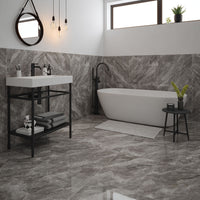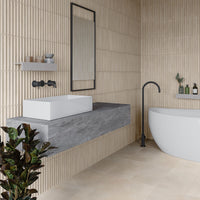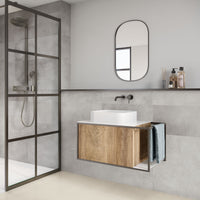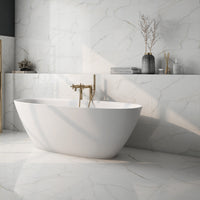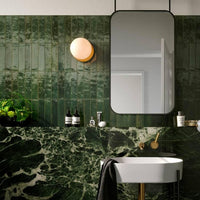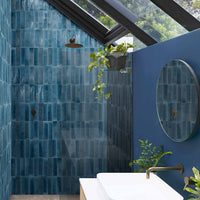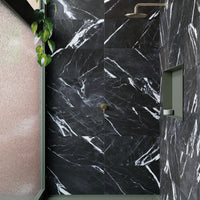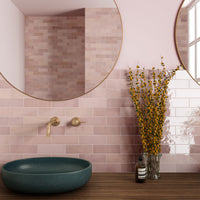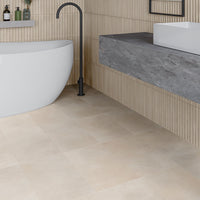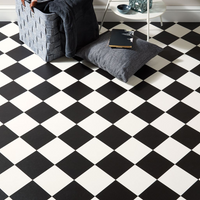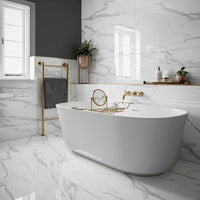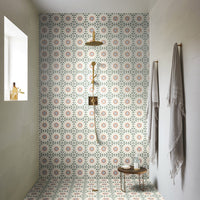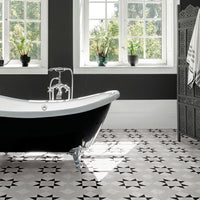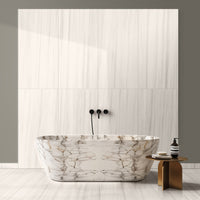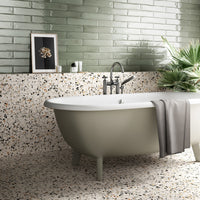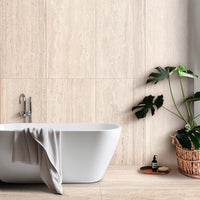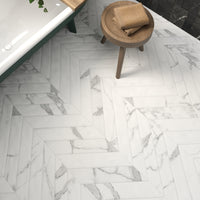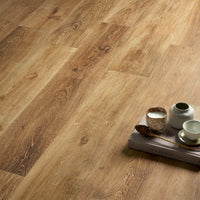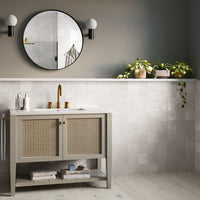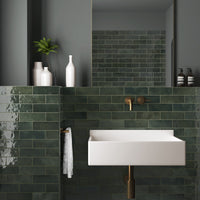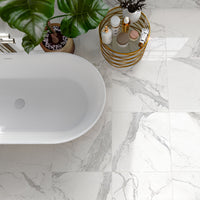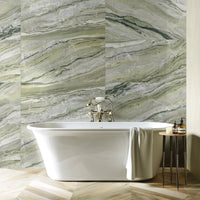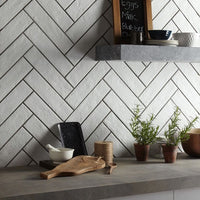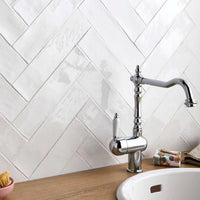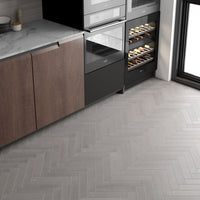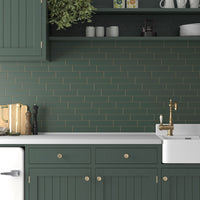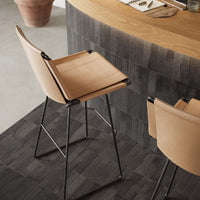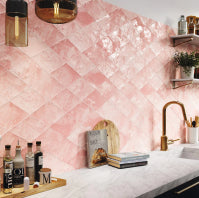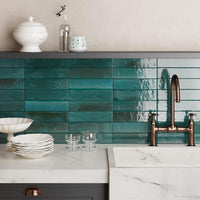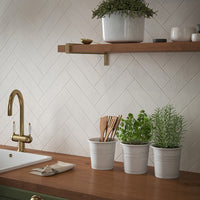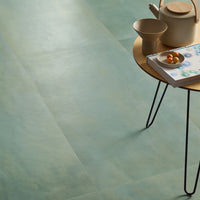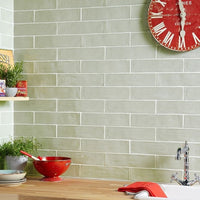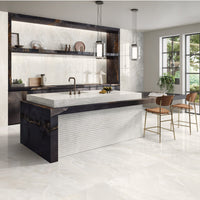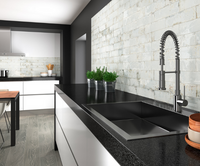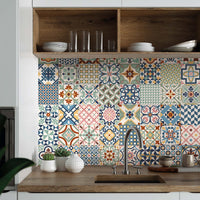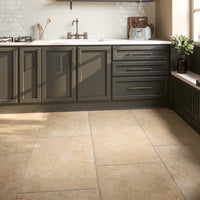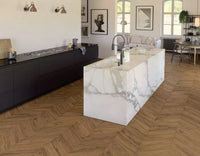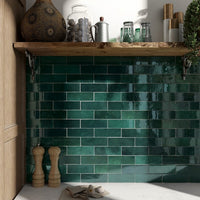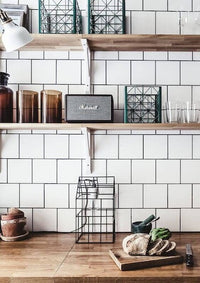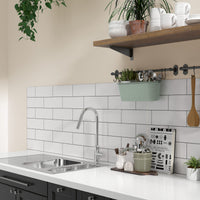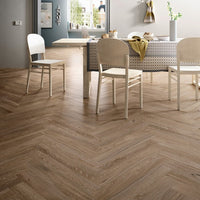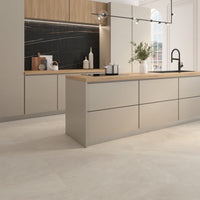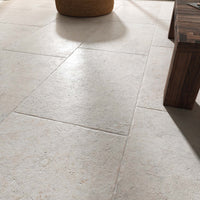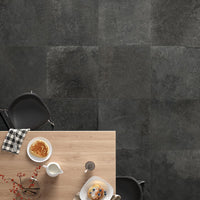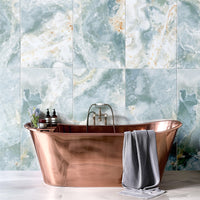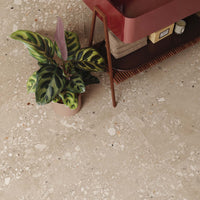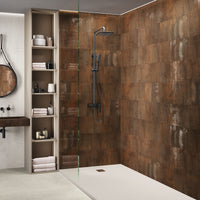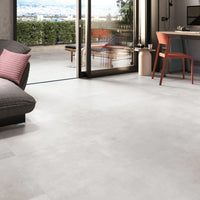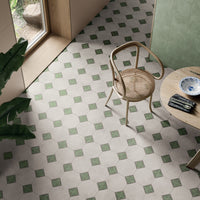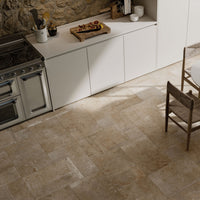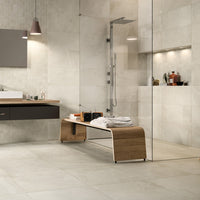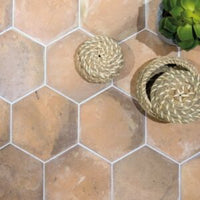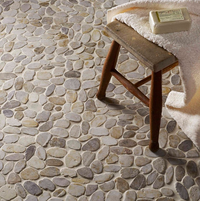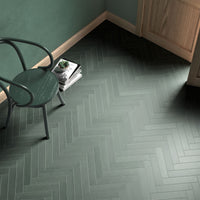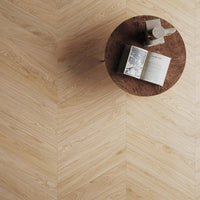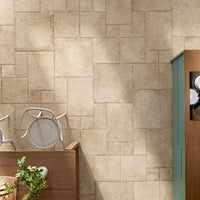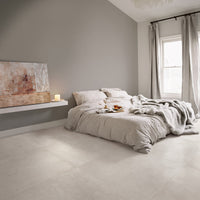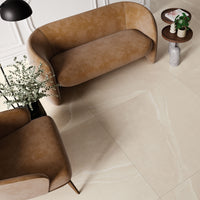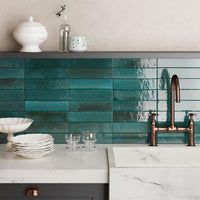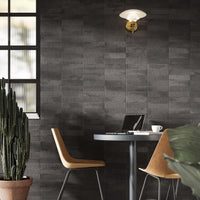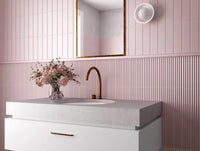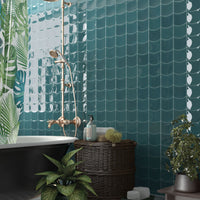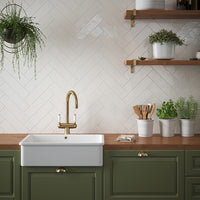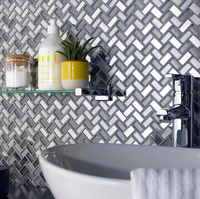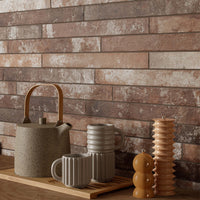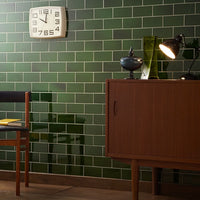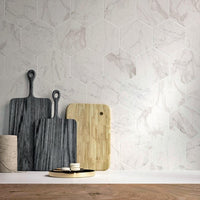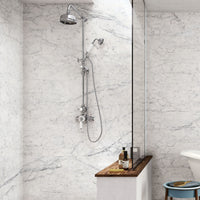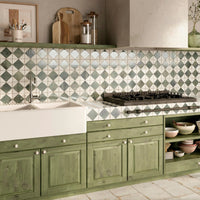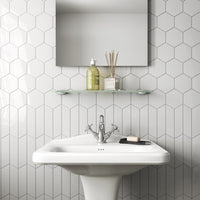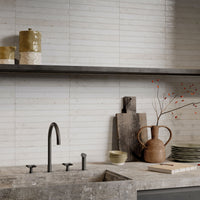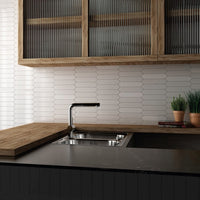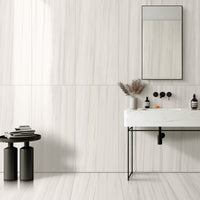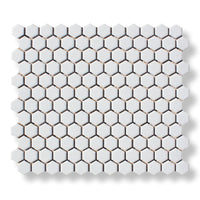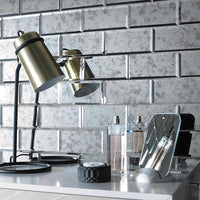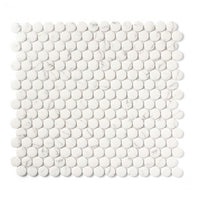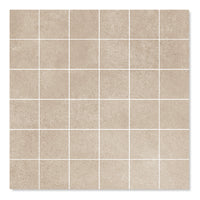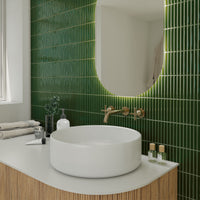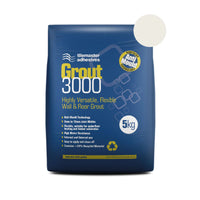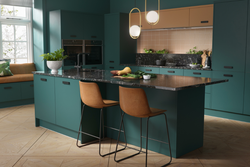We’ve all been there – the alarm wakes you up at 6am, it’s a cold, dark winter morning. You undertake the blearly eyed shuffle to the bathroom and leave the comfort of the gentle bedroom carpet. Then suddenly you face the horror of the cold bathroom floor. Your body wants to shut down and make a quick return to the warmth and solace of bed. But it can’t. You have a shower to take and work to get to. The cold tiled floor beats you into submission and it’s a bad start to the day.
Okay so perhaps I’ve exaggerated just how bad walking barefoot on a tiled floor actually is, but it can certainly be a tad unpleasant. So what’s the answer? Without further ado let’s introduce you to underfloor heating.
There’s a fair bit of information out there on different underfloor heating systems, so rather than take you through all of the details, I’ll give you a brief lowdown. Essentially there are two types of underfloor heating systems that can be used with floor tiles – electric underfloor heating and piped water (wet) underfloor heating. Both are perfect for use with tiles and in particular porcelain tiles.
Electric Underfloor Heating
These systems are perfect for use when refurbishing existing bathrooms and smaller spaces where installing new hot water heating pipes is not possible. They are relatively cheap to install and an be fitted without too much disruption, especially in single rooms.
The systems come in different wattages – 100 Watts, 150 Watts and 200 Watts. The higher the wattage the greater the heat output of the mat. When deciding about which output to go for its worth considering if the system will be your only heat source, whether you’ll have other radiators, how many and how big the windows are and what’s the insulation in the room like?
Water Underfloor Heating
Generally these systems are cheaper to run than electric and they are perfect for new builds and large expanses. Obviously they cause more disruption to install and require more planning than electric systems so tend to be used when new houses are being built or on large extensions. They also require more of a floor build up than the thin electric cable which much be taken into account.
Porcelain Tiles and Underfloor Heating
Fortunately porcelain tiles aren’t fussy when it comes to choosing which type of system they will work with. Porcelain tiles will work brilliantly with either! There are a few reasons for this:
- Porcelain tiles are relatively thin compared to other hard flooring such as natural stone. Generally porcelain floor tiles are between 8mm and 12mm thick. Natural stones such as slate, travertine and marble can often be between 10 and 20mm thick. This means that the heat is able to rise up through the porcelain tiles relatively quickly.
- Porcelain tiles retain heat well. Due to the makeup of the material the tiles are insulating so once the heat has risen through they will retain their heat very well and keep your room warmer for longer.
- Porcelain tiles won’t crack due to temperature changes. When installed correctly, the temperature changes that occur with underfloor heating won’t affect the physical makeup of the tile. Occasionally movements in the subfloor due to underfloor heating can transfer to the tile or stone causing stresses and potentially cracking. If porcelain tiles are installed correctly using suitable flexible adhesives and grout, this won’t happen.
A Few Things To Bear In Mind
On the subject of installing porcelain tiles over underfloor heating, its important to consider these pointers:
- Make sure your installer allows for movement joints or a decoupling membrane over large expanses of floor tiles (generally over 25m2). Your tiler should be aware that the underfloor heating will cause some movement in the subfloor and that over large expanses an allowance will need to be made for this.
- Flexible adhesives and grout must be used with porcelain tiles. Full stop. Unlike ceramic tiles and natural stone non flexible adhesive cannot be used . If in doubt, feel free to ask us for advice or speak to your installer.
- It’s important that the heating system is off when tiles are fixed and remains off until the adhesive and grout have fully cured. Different brands of adhesive require different drying times. We generally recommend waiting a minimum of 2 weeks before turning on your underfloor heating under your newly tiled floor.
At the moment we sell electric underfloor heating systems and all the necessary accessories. If you need any help planning your system, working out what size kit you need or just want some advice on using underfloor heating with tiles, then give us a call on 0845 257 0227 and we’d be more than happy to help.
So sleep safe in the knowledge of warm feet on those early winter mornings and choose underfloor heating with your tiles. The toes and paws in your household won’t be disappointed!
